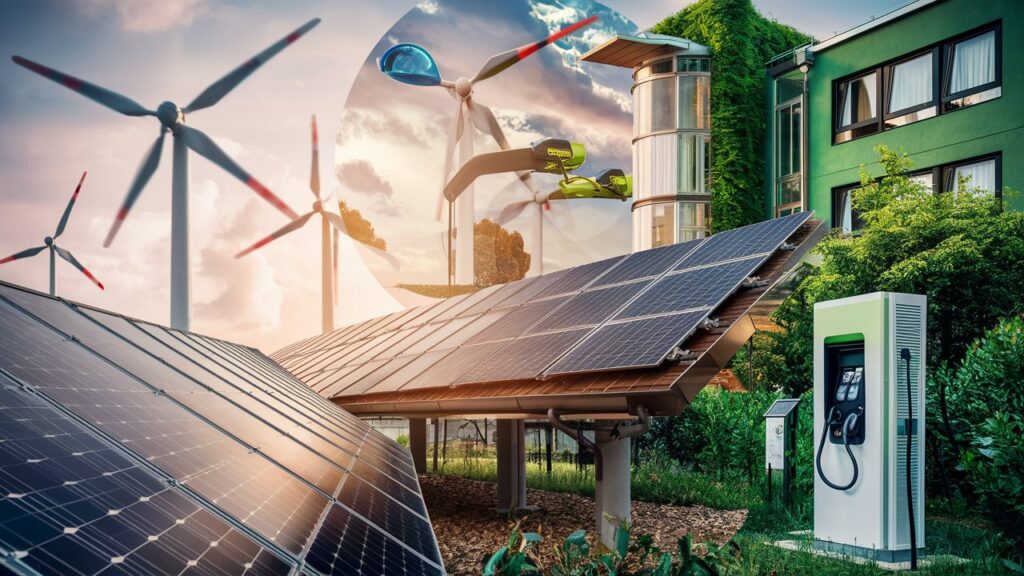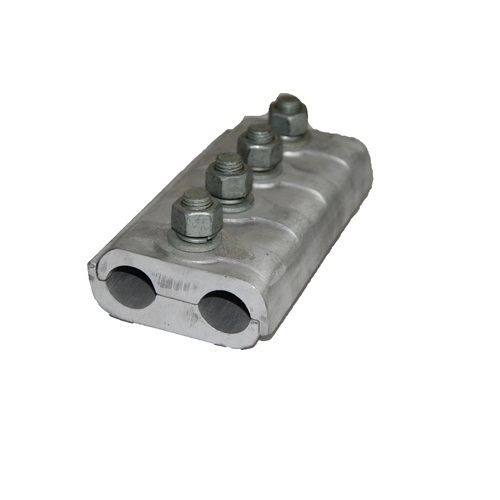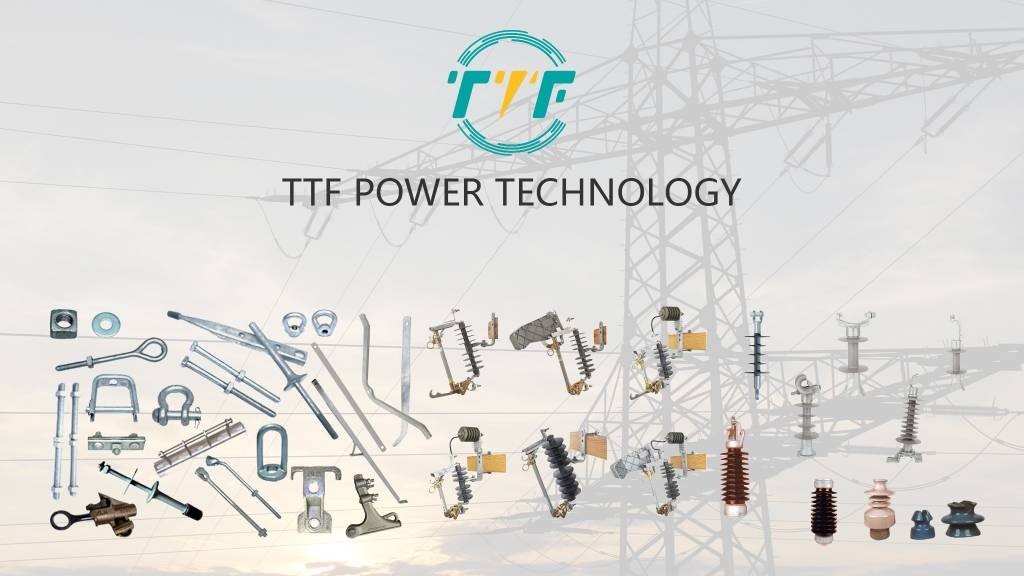
South America is in the forefront of using renewable energy sources such hydropower, solar, wind, and geothermal energy. These regions could attract investments that result in infrastructure improvements, grid upgrading, and rural electrification. Investing in smart grids is critical to fulfilling the increased demand for electricity and incorporating renewable energy sources. Furthermore, Bolivia, Argentina, and Chile have large lithium reserves. This promotes investment in the development of energy storage technologies like batteries. Parallel groove clamps also contribute to South America’s electrification and energy sustainability efforts. This works by ensuring conductor connections are secure, reducing energy loss, and simplifying the integration of renewable energy.
The majority of South American governments have built policies designed to attract foreign investment. The policies seek to create regulatory conditions that attract and promote foreign direct investment. Chile, Brazil, Colombia, Argentina, and other countries have adopted policies to meet their energy targets by 2030. The measures implemented include renewable energy auctions, tax breaks, and PPP frameworks. These regulations attract finance for large-scale ventures such as wind farms, solar power plants, and grid modernization. Furthermore, parallel groove clamps help to improve the efficiency, dependability, and longevity of power transmission and distribution systems. This is what makes them critical components in achieving energy sustainability in South America.
challenges to investment prospects in South America
South America’s abundant resources provide prospects for investment. They also provide helpful rules and incentives to entice further investors into their energy industry. However, there are several difficulties that can impede the success of these initiatives. These challenges stem from political, economic, social, environmental, and regulatory reasons. As a result, performing risk assessments and forming partnerships with local stakeholders is critical for addressing these difficulties. Parallel groove clamps ease the transmission and distribution of power. This simplifies the extension of grids to remote sites. The following are the challenges to investing in energy infrastructure in South America.

- Instability in politics and regulations can result in fluctuations in energy policies and regulatory structures. In Argentina, shifts in government have resulted in changes in policy about incentives for renewable energy.
- Fluctuations in the economy, such as devaluation of currency and elevated inflation rates, may lead to decreased investment returns for overseas investors. Changes in the prices of machinery, manpower, and supplies may impact the economic sustainability of extended undertakings.
- Obtaining permits for energy projects is a time-consuming process because of complicated bureaucratic procedures and delays in permitting. Corruption can impact the approval of projects, contracts, and negotiations as well.
- Reliance on commodity prices – some South American nations rely on fossil fuels such as oil and natural gas. Changes in worldwide prices can affect the profitability of energy ventures. Brazil and Argentina could face competitive pressures in attracting investments in renewable energy. This is a result of their initiatives in fossil fuel projects.
- Uncertainty in energy policy arises when governments focus on fossil fuel development over clean energy projects, creating challenges for investors. Additionally, government subsidies, tax breaks, or incentives are essential for renewable energy projects. Changes in the economy could lead to decreases in these subsidies. This in turn affects the financial sustainability of energy infrastructure.
The significance of parallel groove clamps in the energy infrastructure of South America
South America’s increased energy demand is developing a growing demand for effective, long-lasting, and easy-to-maintain electrical connections. Parallel groove clamps are critical to ensuring the reliability of power transmission and distribution. In this way, they contribute to the region’s ongoing energy transition and measures to modernize and improve its energy infrastructure. The following are some of the uses for parallel groove clamps in energy infrastructure.

- Reliability of transmission lines – parallel groove clamps are used to connect conductors in overhead power lines. The clamps ease the connection of renewable energy systems to the national grid in countries such as Brazil, Chile, and Argentina.
- Expansion of grid- parallel groove clamps aid in extending transmission and distribution lines to remote regions. They assist in linking small energy production units to nearby grids. This aids in providing off-grid backup power solutions to remote communities.
- Affordable upkeep – these clamps can endure environmental conditions such as extreme temperatures and humidity. The clamps aid in cutting down operational expenses as they are simple to set up and need little upkeep.
- Encourage the shift to renewable energy – parallel groove clamps are utilized to enhance antiquated transmission systems. They also make sure that renewable energy electricity is efficiently transmitted to the grid.
